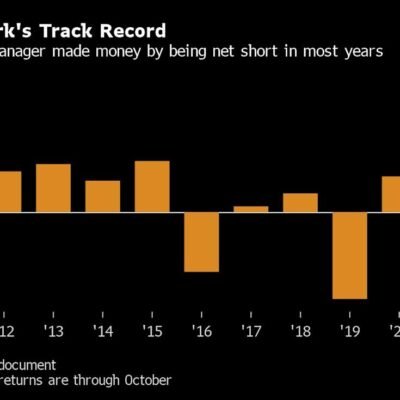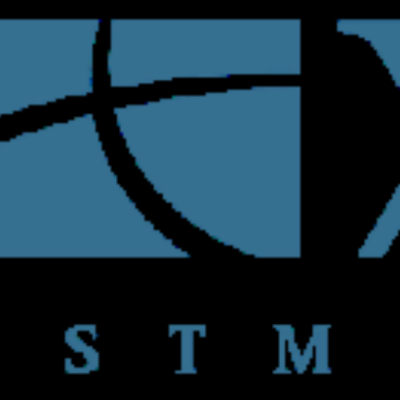U.S. President Donald Trump announces tariffs in the Rose Garden at the White House on Wednesday.Carlos Barria/Reuters
U.S. President Donald Trump’s so-called “Liberation Day” provided some relief for Canada from hefty reciprocal tariffs imposed on other countries, but most investors will still feel trapped by the uncertainty about how long these latest policies will last and how other countries will respond.
The early reaction, as stocks plummeted across the board on Thursday, was not one of relief.
A research note Wednesday from Royal Bank of Canada assistant chief economist Nathan Janzen said that business investment is likely to remain weak.
“With or without additional tariff measures, trade uncertainty is threatening to slow consumer and business spending,” he wrote.
Canadian Imperial Bank of Commerce senior economists Andrew Grantham and Ali Jaffrey wrote Wednesday that the sector-specific tariffs that remain in place could reduce Canada’s gross domestic product by 1.5 to 2 per cent and lead to 125,000 job losses.
For clients, then, Wednesday’s display at the Rose Garden is unlikely to ease worries. That means staying in contact, reviewing financial plans and doing your best to keep those worries in check.
On Wednesday morning, hours before Mr. Trump’s announcement, we spoke with IG Wealth Management president and chief executive officer Damon Murchison. Here’s what he’s telling advisors.
It’s a big day today. What guidance are you providing to advisors at this moment?
Our guidance to our advisors is to stay very close to your clients. Right now is when you want to overcommunicate and make sure you’re there to provide that calm harbour from the storm because nobody has the answers.
Everyone just has questions. No one knows how this is going to play out, and it seems like this is going to be a long, drawn-out process where there are fits and starts and mixed messages. You have to make sure you’re in front of your clients, you’re answering their questions, and you’re providing guidance.
The key is it goes back to the plan: How much time do you have? Where are you today? Where do you want to get to? You’ll make decisions accordingly. But you can only do that if you have a plan and you’re in constant communication with your clients, so that’s the message.
Are you able to provide more tailored advice to clients in a specific industry on what’s happening with tariffs and how to prepare?
Yes and no. We can’t provide guidance about what will take place. But our accountants and lawyers say, ‘If this happens, this is how it could impact your business and this might be what you might need to do to protect yourself.’ But no one knows what’s going to happen, so it’s tough.
And this gets personal. You have people in the automotive industry who are impacted already. People are going to lose jobs. You have to be empathetic first and a person first, and you have to be there for them and then help them weather the storm. Because this could get messy.
Is there any general investment advice or different approach to risk?
We’re generally underweight the U.S., overweight Canada, overweight EAFE (Europe, Australasia, Far East). That’s generally been a good call thus far. We’ll see how that goes. We made those decisions before the year started, but we try to have a long-term view. You don’t want to press the alarm and go to gold and cash.
It all depends on the time horizon. If your clients have a short-term time horizon, you can’t afford to probably be in the market, quite frankly. It’s too much [volatility]. I’m giving you a general answer to a very personal question.
This interview has been edited and condensed.
Must reads
Capital costs: Many Canadians who rushed to sell assets that had appreciated last year to get ahead of Ottawa’s proposed hike to the capital gains inclusion rate may be worse off financially now that the federal government has abandoned the measure. “Vast numbers of clients took action before June 25,” says Michael Cadesky, managing partner with Cadesky Tax in Toronto. “It was unprecedented in terms of the level of attention and the amount of time and effort spent going through evaluations for clients.” Rudy Mezzetta reports on the consequences.
Audit priorities: Each year, certain activities, investment transactions and income sources are more likely to attract the attention of the Canada Revenue Agency and potentially trigger an income tax review or audit. Where are these audits focused this year? Helen Burnett-Nichols reports.
Bridging the pension gap: A bridge benefit is an additional payment on top of a regular pension amount to “bridge” the gap from when someone retires and starts to receive their pension to when they may rely on the Canada Pension Plan and Old Age Security payments. How do these benefits fit into a broader financial plan? Deanne Gage explains.
More from The Globe
Boring breaks through: The balanced portfolio is back. Investors with a boring 60-per-cent stocks, 40-per-cent bonds asset mix have likely broken even or made the slightest of gains through the first three crazy months of 2025, Rob Carrick writes: “In the moment, that’s a win.”
Charting the federal election: Pocketbook issues were set to dominate the campaign conversation in 2025. Then came a trade war. The election will still be fought along economic lines, but the ground has shifted, write Mark Rendell and Matt Lundy. Here are 10 charts that explain the issues.
Tax promises: A week into the election campaign and we’ve seen proposals for a TFSA top-up, a capital gains deferral, and more. Tim Cestnick rounds up the proposed tax changes.




